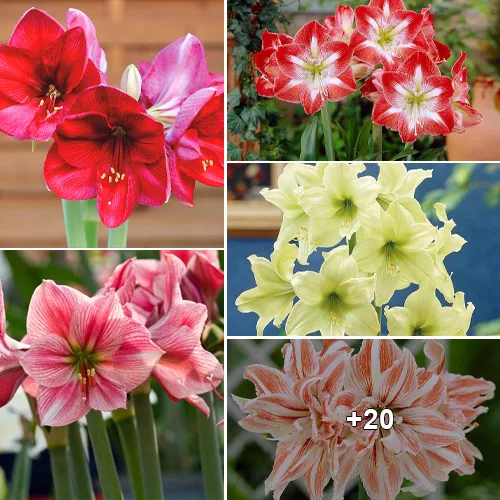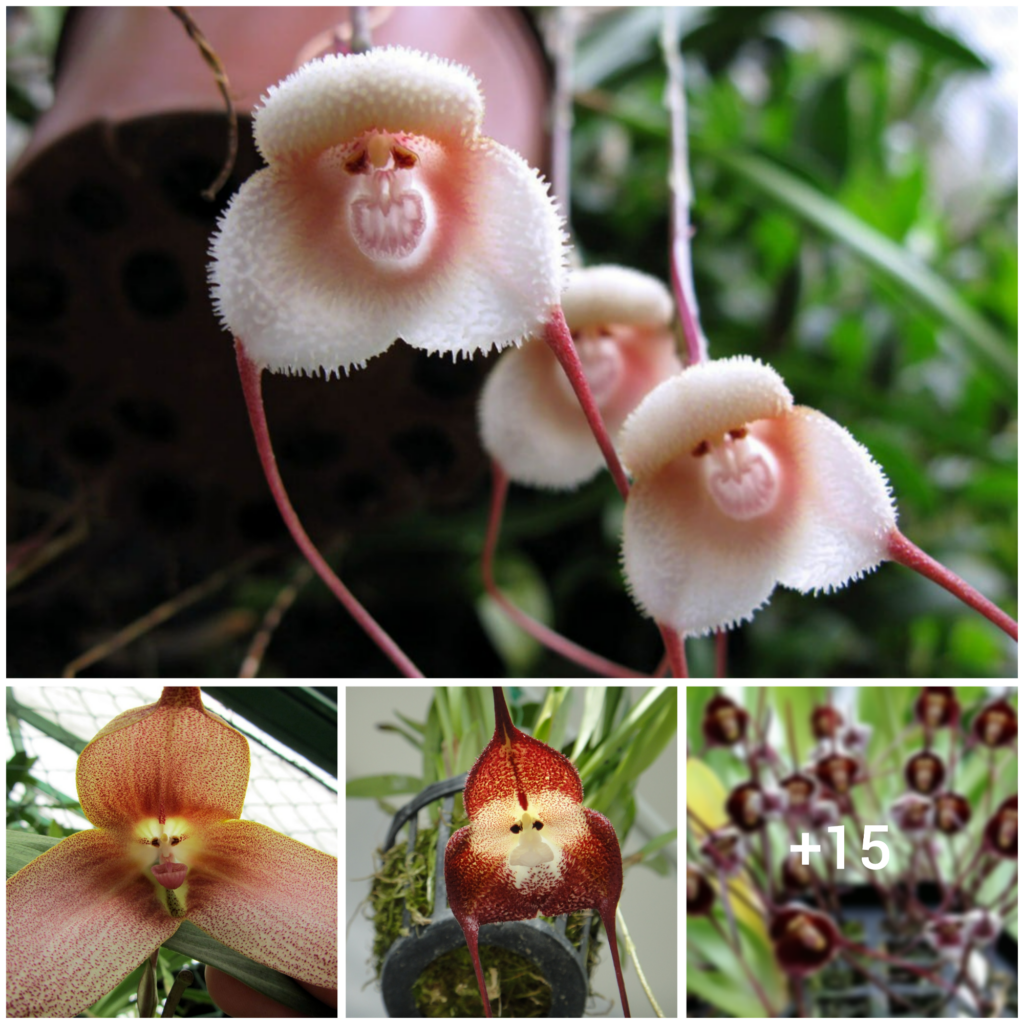Have you ever heard of the Hydnora Africa, also known as “Jakkalskos” or “jackal food”? This bizarre plant is one of the rarest and most malodorous species in the world. Let us introduce you to this flowering plant, which you definitely wouldn’t want in your garden. The Hydnora Africa grows underground and is parasitic on roots, with only its flower visible above ground. This native southern African species was accidentally discovered by biologist Iaguk Vidalsaka and has also been found in Central and South America. The flower has a fleshy appearance with three orange petals, but beware – its foul odor resembles that of excrement.

The scent of the flower serves a purpose – it’s meant to lure in natural pollinators like dung beetles and other insects. The flower catches them temporarily, but eventually releases them because they’re crucial for the flower to bloom fully. Without these pollinators, the flower wouldn’t be able to thrive. It’s hard not to be intrigued by this unique and fascinating flower with its bright red and fleshy appearance. Anyone who encounters it would surely be captivated by its beauty.

As you may already know, the African Hydnora flower produces fruits after it blooms. These fruits are also found underground and are only produced during the dry season. They can grow up to 80mm in diameter and contain up to 20,000 brown seeds in a viscous pulp. Unlike flowers, fruits are consumed as food by both animals and humans. These fruits are highly fragrant and are known to attract various animals such as monkeys, rhinoceros, and jackals. The taste of the fruit is incredibly sweet with a mix of starch. The African Hydnora flower may seem like a fungus rather than a plant, as everything except the flower is buried underground. The trunk of the tree is gray-brown in color and has no leaves or chlorophyll. The roots are known to form around the host plant, while the trunk is wrinkled, fleshy, and angular, connecting directly to the roots of the plant. The flower of the African Hydnora plant has three to four petals that initially bond together but break apart vertically to allow space for bait, which attracts beetles. The flowers can grow up to 100-150mm tall and have stamens inside the perianth, which are not very visible due to the tube’s width. Pollination of the African Hydnora flower occurs through beetles. On the first day, the petals open to let the bait come in contact, which consists of decomposing white carcasses made by the same plant species. When insects smell the bait, they approach the flower and get caught by the stiff bristles that prevent them from escaping. They collect pollen along the way until they drop it on the stigma, where they pollinate the flower. The African Hydnora plant has various uses, including being consumed as food, medicine, and being used for its antimicrobial properties.

Although you may not be aware of it, African Hydnora has numerous benefits. Apart from being edible and serving as food, its plant parts can also be utilized for various purposes such as tanning, coal production, and medicine. In particular, it is known to be effective in treating diarrhea. These applications may not be widely-known, but they are widely-used in Africa. Are you wondering if you can grow Hydnora Africana as a plant?

Have you ever heard of the Hydnora africana plant? It’s a rare find and you might be wondering if it’s something you could add to your garden. However, this is not your typical plant – for starters, it has a pungent smell that is less than desirable. Additionally, it’s considered a parasitic plant which means it needs a host to survive and, unfortunately, that host plant will be sacrificed. One of the most common host plants for Hydnora africana is Euphorbias, which it grows alongside and feeds on. While it’s not a commonly found or commercially available plant, it does have seeds available. But, we wouldn’t recommend adding it to your garden as its rarity is the only thing that sets it apart and the downsides outweigh the benefits. Have you ever come across this remarkable yet unusual plant before?


